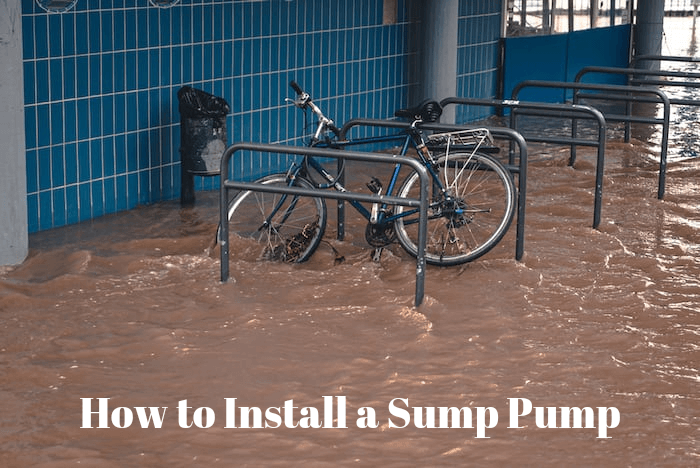If you live in an area that experiences heavy rainfall or frequent flooding, you may want to consider installing a sump pump in your basement.
A sump pump is a device that is installed in a sump pit to pump out excess water that may accumulate during heavy rain or floods. It is an essential tool for keeping your basement dry and preventing water damage.
In this article, we discuss how to install a sump pump in your home.
Step 1: Choose a Location for the Sump Pit or Basin
The sump pit or basin should be located in the lowest area of your basement, where water is most likely to accumulate. Choose a spot that is at least 12 inches in diameter and 18 inches deep. Make sure that the spot is not near any electrical outlets or wires.
Step 2: Dig the Hole for the Sump Pit or Basin
Use a shovel to dig the hole for the sump pit or basin. Make sure that the hole is deep enough so that the top of the sump pit or basin is level with the basement floor. Place gravel at the bottom of the hole to provide a stable base for the sump pit or basin.
Step 3: Install the Sump Pit or Basin
Place the sump pit or basin in the hole and make sure that it is level. If it is not level, add or remove gravel as necessary. Once the sump pit or basin is level, fill in any gaps around it with gravel. Secure the sump pit or basin in place using cement.
Step 4: Install the Check Valve and PVC Pipes
Attach the check valve to the sump pump, and connect the PVC pipes to the check valve. Run the PVC pipes from the sump pump to the outside of your home. Make sure that the PVC pipes are sloping away from your home so that water flows out of the pipes and away from your home.
Step 5: Install the Sump Pump
Place the sump pump in the sump pit or basin. Make sure that the float switch is unobstructed and can move freely. Connect the PVC pipes to the sump pump.
Step 6: Test the Sump Pump
Fill the sump pit or basin with water and test the sump pump. Check that the sump pump is pumping water out of your home and that the water is flowing away from your home through the PVC pipes.
In conclusion, installing a sump pump in your basement is an essential step in preventing water damage and keeping your basement dry. By following these steps, you can easily install a sump pump and protect your home from flooding.
Don’t know how to install a sump pump in your home to keep it dry and protect it from flooding? Call us today for help!
Here’s how Plumbing 911 Can Help
Plumbing 911 is a reputable plumbing firm made up of professionals. Plumbing 911 offers full service for both residential and commercial properties, including everyday maintenance and emergency needs. Our professionals are skilled in fixing clogged drains and toilets, leaky and damaged faucets and pipes, low water pressure, running toilets, sump pumps, and water heaters. For a free inspection in your area, call Plumbing 911 at 1-866-720-0911, schedule an appointment today, or send an email. We cover Cuyahoga East, Cuyahoga West, Medina, Summit, Stark, Lake, and Geauga.













